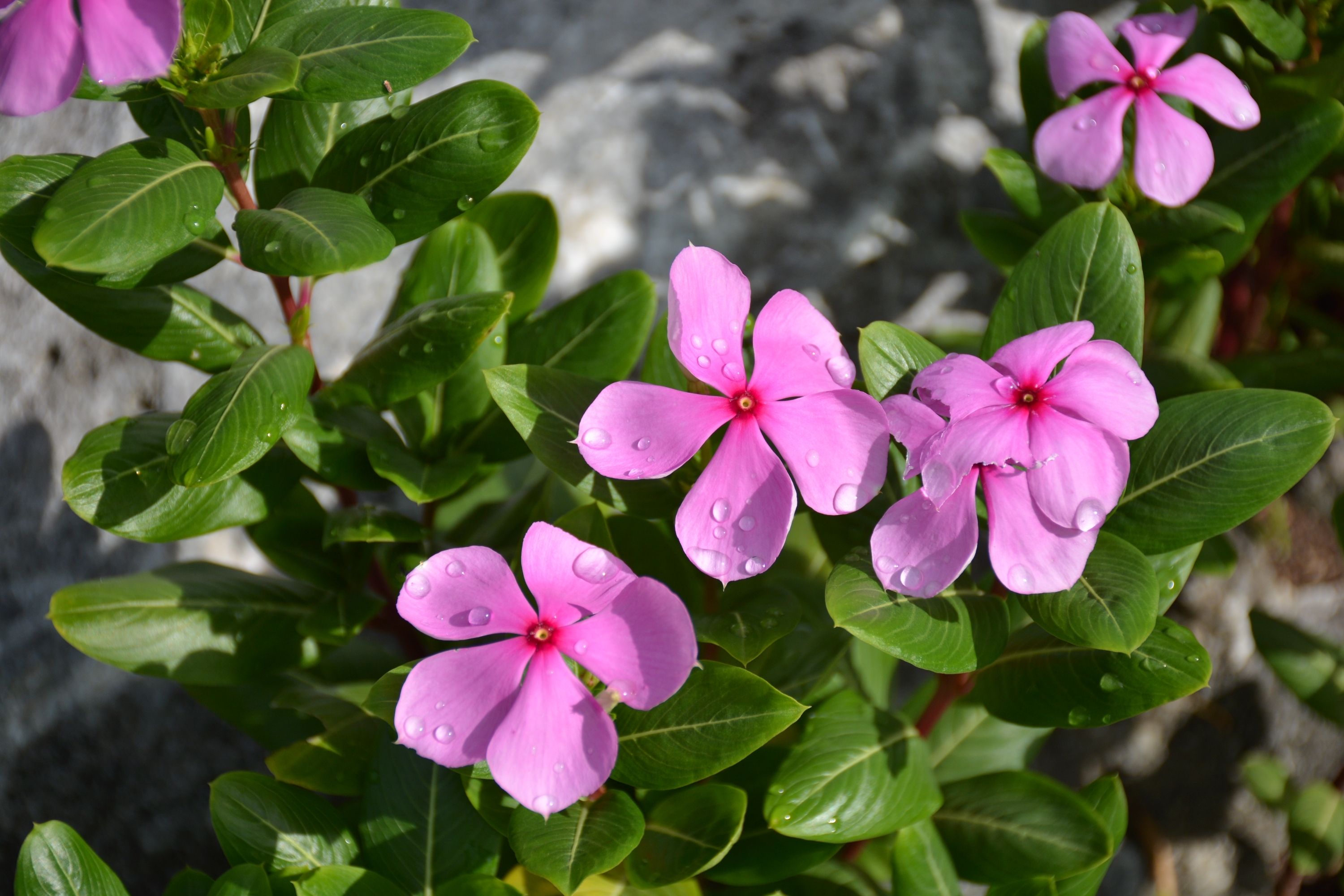Tiny periwinkle
(Catharanthus pusillus)

Description
Catharanthus pusillus is a small but fascinating species of flowering plant native to Madagascar. It belongs to the Apocynaceae family and is closely related to the popular ornamental plant Vinca minor. While Catharanthus pusillus may not be as well-known as some of its relatives, it has many unique features that make it a fascinating plant to study. In this article, we will explore the characteristics, distribution, cultivation, and medicinal properties of Catharanthus pusillus. Taxonomy: The scientific name for Catharanthus pusillus is derived from two Greek words, "katharos," which means pure, and "anthos," which means flower. The species name "pusillus" means "small" in Latin, referring to the plant's diminutive size. Catharanthus pusillus belongs to the Apocynaceae family, which includes many other popular plants such as the dogbane and milkweed. The genus Catharanthus contains several other species, including the well-known Madagascar periwinkle (Catharanthus roseus). Characteristics: Catharanthus pusillus is a small, creeping plant that typically grows to be no more than 10 centimeters in height. The leaves are oval-shaped, glossy, and have a deep green color. The flowers are small, white or pink in color, and have a distinctive star shape with five petals. The plant produces small, pear-shaped fruits that contain numerous seeds. Distribution: Catharanthus pusillus is native to Madagascar, where it can be found growing in a variety of habitats, including rainforests, savannas, and rocky areas. It is also found in several other countries in Africa, including Tanzania, Mozambique, and Zimbabwe. In addition, it has been introduced to other parts of the world, including Asia, Australia, and the United States. Cultivation: Catharanthus pusillus is a relatively easy plant to cultivate, making it a popular choice for gardeners and plant enthusiasts. It prefers well-draining soil and moderate sunlight, although it can tolerate some shade. It is also drought-tolerant and can survive in a range of temperatures. Propagation can be done through seed or stem cuttings. The seeds should be sown in well-draining soil and kept moist until they germinate. Stem cuttings should be taken from the plant in the spring or early summer and rooted in soil. Medicinal Properties: Catharanthus pusillus contains a variety of alkaloids that have been used for medicinal purposes in traditional medicine. These alkaloids include vincamine, vinblastine, and vincristine, which are also found in Catharanthus roseus. Vincamine is used as a treatment for cognitive disorders, including dementia and Alzheimer's disease. Vinblastine and vincristine are used as chemotherapy agents to treat a variety of cancers, including Hodgkin's disease and leukemia. In addition to its medicinal properties, Catharanthus pusillus is also used in traditional medicine for a variety of purposes, including treating skin diseases, coughs, and diarrhea. Conclusion: Catharanthus pusillus may be a small plant, but it has a lot to offer. Its unique characteristics, widespread distribution, and medicinal properties make it a fascinating subject for study. Whether you're a gardener looking for a new addition to your collection or a researcher interested in the plant's medicinal properties, Catharanthus pusillus is definitely worth exploring further.
Taxonomic tree:







